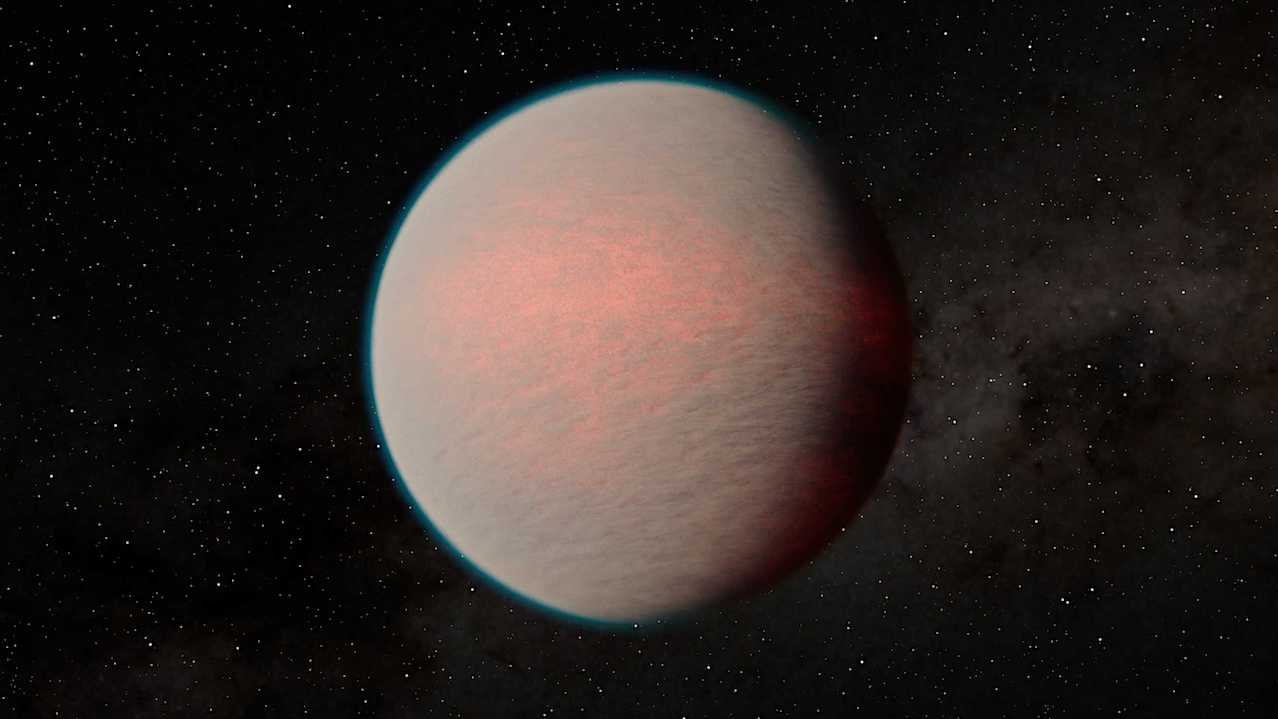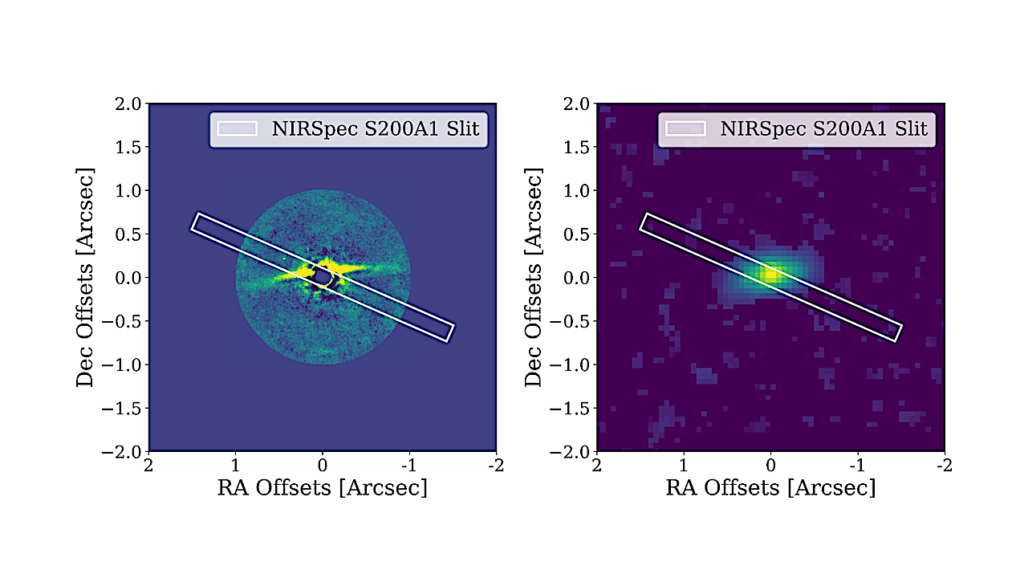Planets Contain More Water Than Previously Thought

Most of a planet’s water is generally not found on the surface, but is hidden deep inside. This affects the potential habitability of distant worlds, as model calculations by researchers at ETH Zurich and Princeton University show.
We know that the Earth has a core made of iron, a mantle made of silicate rock above it, and connected water masses (oceans) on the surface. This simple planetary model has also been used in science to research so-called exoplanets, which orbit another star outside of our solar system. “It is only in recent years that we have started to take into account that planets are more complex,” says Caroline Dorn, Professor of Exoplanets at ETH Zurich.
Most of the exoplanets that we know of today are located close to their star. They are therefore mainly hot worlds that do not yet have a cooled mantle of silicate rock like the Earth, but rather oceans of molten magma. Water dissolves very well in these magma oceans – in contrast to carbon dioxide, for example, which quickly outgasses and rises into the atmosphere.
The iron core is located under the molten silicate mantle. What about the distribution of water between the silicates and the iron? This is exactly what Dorn investigated together with Haiyang Luo and Jie Deng from the American Princeton University using model calculations based on the basic laws of physics. The researchers present their results in the journal external Nature Astronomy.
Magma soup with water and iron
To explain the results, study author Dorn has to go into a bit of detail: “The iron core only forms over time. Initially, a large amount of iron is still present in the form of droplets in the hot magma soup.” The water dissolved in the magma soup likes to combine with these iron droplets and sinks with them to the core. “The iron droplets act like an elevator that brings the water downwards,” explains Dorn.
Until now, this behavior was only known for moderate pressures, such as those found in the Earth. It was not known what happens for larger planets with higher pressures in the interior. “This is one of the most important results of our study,” says Dorn: “The larger the planet and the more mass there is, the more the water tends to sink to the core with the iron droplets.” Under certain conditions, iron can absorb up to 70 times more water than silicates. However, under the enormous pressure in the core, the water no longer exists in the form of H2O molecules, but as hydrogen and oxygen.
Large amounts of water also in the earth’s interior
This study was triggered by investigations into the water content of the Earth, which four years ago came to a surprising conclusion: the oceans on the Earth’s surface contain only a small part of the total amount of water on our planet. The contents of more than 80 of the Earth’s oceans could be hidden in the Earth’s interior. This was shown by simulations that calculated how water behaves under conditions that prevailed on the young Earth. Experiments and seismological measurements are compatible with this.
The new findings about the distribution of water in planets have a drastic impact on the interpretation of astronomical observation data. With their telescopes in space and on Earth, astronomers can measure how heavy and how large an exoplanet is under certain circumstances. From this they create so-called mass-radius diagrams, from which conclusions can be drawn about the composition of the planet. If the solubility and distribution of the water are ignored – as has been the case up to now – the amount of water is drastically underestimated, up to ten times. “Planets are much richer in water than previously thought,” says Dorn.
Understanding development history
The distribution of water is also important if we want to understand how planets form and develop. The water that has sunk into the core remains trapped there forever. The water dissolved in the magma ocean of the mantle, on the other hand, can outgas as the mantle cools and reach the surface. “So if you find water in the atmosphere of a planet, there is probably a lot more of it inside,” explains Dorn.
This is what the James Webb Space Telescope is looking for . It has been sending data from space to Earth for two years. It can detect molecules in the atmosphere of exoplanets. “Only the composition of the upper atmosphere of exoplanets can be measured directly,” explains the researcher. “In our group, we want to make the connection between the atmosphere and the deep interior of the celestial bodies.”
New data from the exoplanet called TOI-270d is particularly interesting. “There, evidence has been collected that such interactions between the magma ocean in the interior and the atmosphere actually exist,” says Dorn, who was involved in the corresponding publication on TOI-270d. Her list of exciting objects that she wants to examine more closely also includes the planet K2-18b, which made headlines because there might be life on it.
Are water worlds life-friendly after all?
Water is considered to be one of the prerequisites for the development of life. For a long time, there was speculation about the possible habitability of water-rich super-Earths, i.e. planets the size of several Earth masses whose surface is covered by a deep, global ocean. Then calculations suggested that too much water could be hostile to life. This is because on these water worlds, a layer of exotic high-pressure ice at the transition between the ocean and the planet’s mantle would prevent the exchange of vital substances, so the argument goes.
The new study now comes to a different conclusion: worlds with deep layers of water are probably not common, because the majority of water on super-Earths is not on the surface as previously thought, but is enclosed in the core. Therefore, even planets with a relatively high water content could have the potential to develop Earth-like, life-friendly conditions, the researchers suspect. Their study thus sheds new light on the possible existence of water-rich worlds that could host life, conclude Dorn and her colleagues.
Caroline Dorn is Professor for Exoplanets at the Department of Physics at ETH. Her research is part of theexternal pageNational Centre of Competence in Research (NCCR) PlanetScall_madeand the Center for Origin and Prevalence of Life (COPL) at ETH.
Luo H, Dorn C, Deng J. The interior as the dominant water reservoir in super-Earths and sub-Neptunes. Nature Astronomy, August 20, 2024, doi:external page10.1038/s41550-024-02347-zcall_made
Astrobiology,








